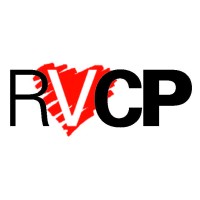
Rock Valley Community Programs, Inc.
Rock Valley Community Programs, Inc. (RVCP Inc.) has been providing correctional services in Rock County since 1971. RVCP currently administers 5 community programs: Compass Behavioral Health Clinic, Residential Services Department, Veteran's Services Department, Harper's Place, and Turning Point. RVCP, Inc.'s mission is to provide transitional and supportive housing, addictions and mental health treatment services to adults in the Rock County Area, through evidence based models for the future and continued success of our clients, transforming their lives in positive directions. RVCP, Inc. will provide these services to homeless male veterans, clients connected to the criminal justice system, and outpatient care to anyone needing assistance with addiction and/or mental health treatment. RVCP, Inc. will develop and administer programs through partnerships with community and governmental agencies to serve our clients’ best interests for positive outcomes while balancing public safety and accountability. RVCP, Inc. programs will provide the opportunity for education and treatment; as well as guidance in the areas of community services, substance abuse, social skills, cognitive restructuring, employment and independent living.






